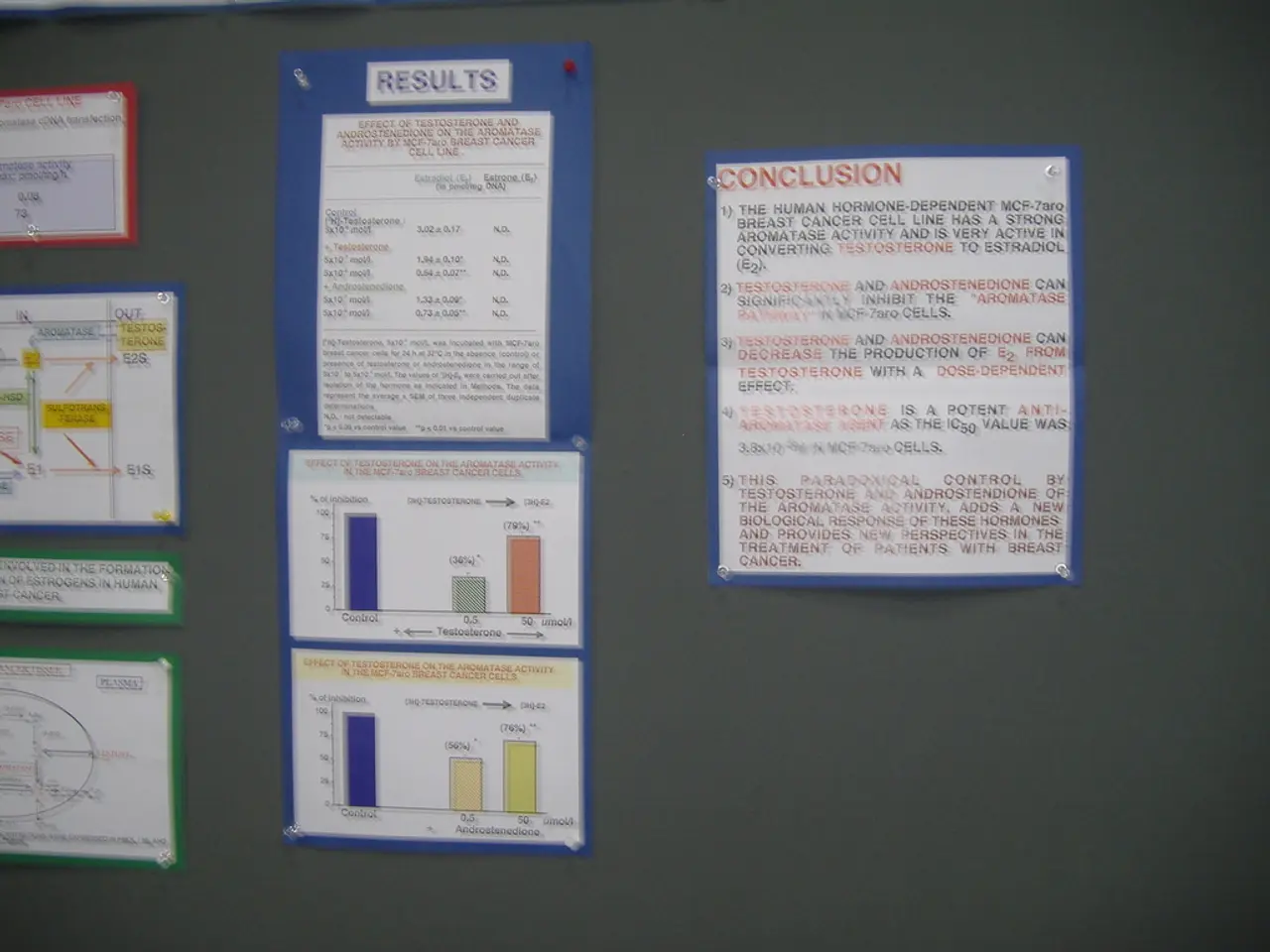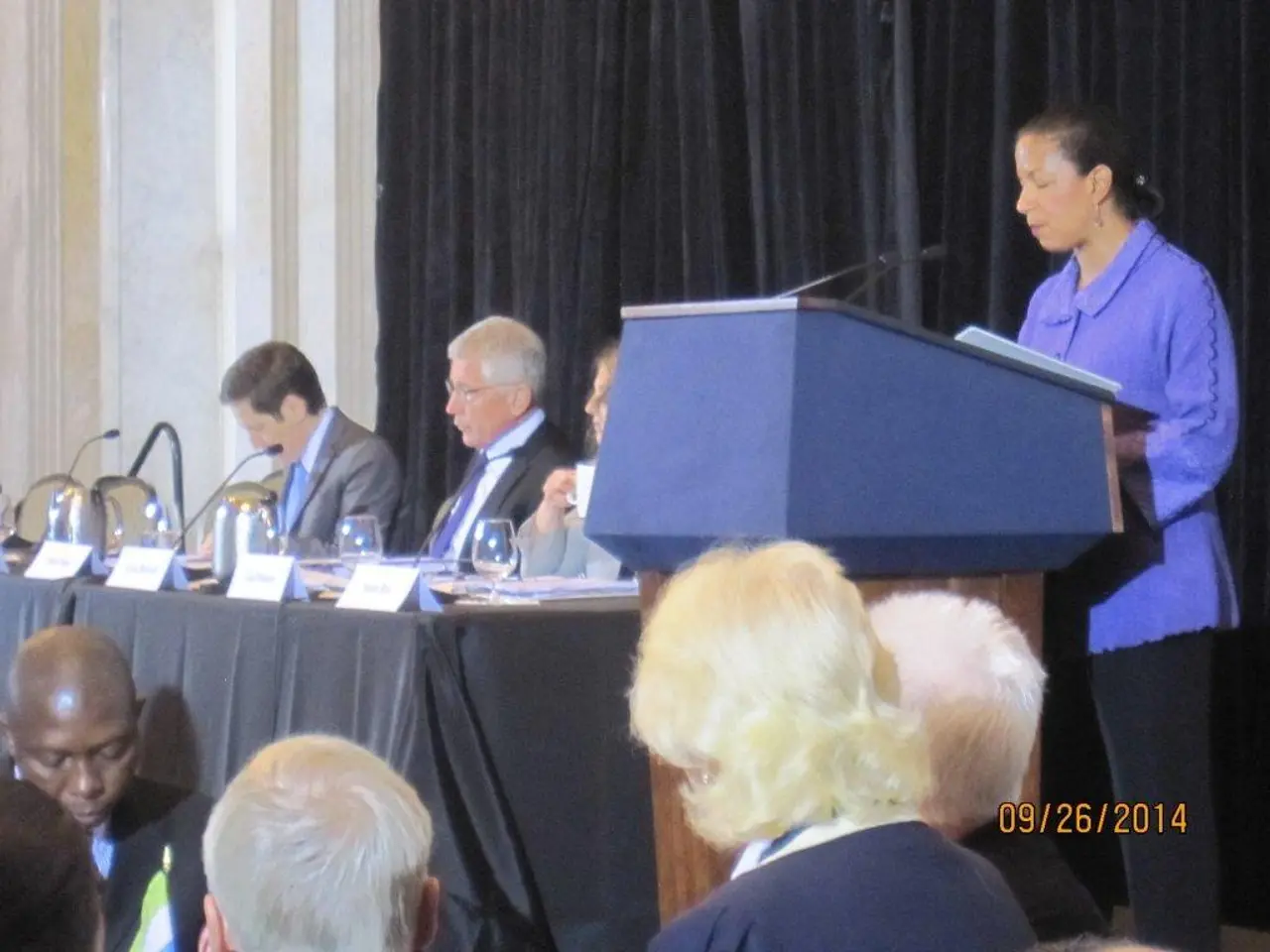Reconnecting with Reality: Reclaiming Attention in the Overinterconnected Era of 2024
In an era where technology governs our lives, the book "Digital Detox: Regaining Focus in a Hyperconnected World" offers a much-needed guide for maintaining a balanced and mindful digital existence. The book addresses the challenges of excessive screen time and constant digital connectivity, which can lead to stress, anxiety, and diminished mental well-being.
The key to achieving digital wellness, as proposed by the book, lies in intentionally reducing stimulation to reset the brain's baseline and regain control over attention and motivation. Strategies include setting clear boundaries around technology use, engaging in a dopamine detox, replacing high-stimulation activities with low-stimulation, contemplative practices, and cultivating awareness and presence.
By setting boundaries, individuals can limit their exposure to digital distractions and create space for mental rest. A dopamine detox involves cutting out almost all sources of external stimulation for a set period, allowing the brain’s reward pathways to become sensitive again, making even challenging tasks feel more approachable and improving focus.
Low-stimulation, contemplative practices such as quiet reflection or nature walks help the mind rest and recover. Cultivating awareness and presence by turning down external noise—digital, emotional, and mental—reconnects one with their inner self, fostering clarity, self-awareness, and freedom.
These approaches help break the cycle of constant digital distractions, restore balance, improve mental clarity, and regain a sense of control over time and attention in a hyperconnected world.
Identifying the signs of digital overload, such as burnout, distraction, and reduced productivity, is crucial for proactive intervention in the quest for a balanced and mindful digital life. Spending time outdoors offers a refreshing break from the digital world and nurtures a sense of connection with the physical environment.
Active involvement in community activities fosters a sense of belonging and contribution, while understanding personal digital consumption requires a comprehensive Screen Time Analysis, self-audit of hours spent on digital devices, and regular Self-Assessment to evaluate the impact of digital interactions on mental and emotional state.
The book also emphasises the importance of strengthening real-world relationships, prioritising face-to-face interaction to nurture genuine connections and build stronger emotional bonds. Engaging in creative pursuits like painting, writing, or playing a musical instrument provides a space for personal expression and growth.
Embracing solitude and silence is a crucial step in reconnecting with the offline world, finding strength and clarity in quiet moments. The book also suggests leveraging digital wellness apps designed to manage screen time, promote mindful usage, and provide insights into digital habits as a practical tool for digital detoxification.
The paradox of connectivity, where enhanced connectivity through digital means leads to a growing sense of isolation and superficiality in interactions, is another issue addressed in the book. The solution lies in mindful innovation, creating and using technology in ways that are aware of and responsive to human impact, promoting balance, wellness, and meaningful engagement.
Support groups focused on digital wellness provide a sense of community and shared experience, fostering motivation and a sense of accountability. Platforms offering a space to share experiences, challenges, and successes with others on similar paths provide essential community support.
The book concludes by stressing the importance of setting sustainable digital boundaries, redefining the relationship with technology to strike a harmonious tech-life balance, and understanding the evolution and psychological underpinnings of digital technology to navigate the digital age's challenges and opportunities.
Incorporating periodic breaks from screens, social media, and digital communication allows for mental rejuvenation and prevents the accumulation of digital stressors. Regular detoxes are essential for maintaining digital wellness and improving overall well-being.
Ultimately, the book encourages readers to embrace a holistic approach to redesigning digital lives in a way that aligns with their deepest values and authentic selves. It serves as a powerful antidote to digital addiction, promoting sustainable tech use that supports well-being and productivity without compromising mental health or social connections.
- To regain control over attention and motivation in the digital age, the book suggests strategies like setting clear technology boundaries, a dopamine detox, and replacing high-stimulation activities with low-stimulation, contemplative practices.
- By setting boundaries, individuals can limit their exposure to digital distractions and create space for mental rest, which helps break the cycle of constant digital distractions and restore balance.
- Cultivating awareness and presence by turning down external noise, including digital, emotional, and mental, reconnects one with their inner self, fostering clarity, self-awareness, and freedom.
- Embracing solitude and silence is a crucial step in reconnecting with the offline world, finding strength and clarity in quiet moments.
- Engaging in creative pursuits like painting, writing, or playing a musical instrument provides a space for personal expression and growth, helping to maintain a balanced and mindful digital life.
- The book also encourages readers to incorporate periodic breaks from screens, social media, and digital communication to prevent the accumulation of digital stressors and promote sustainable tech use that supports well-being and productivity.




